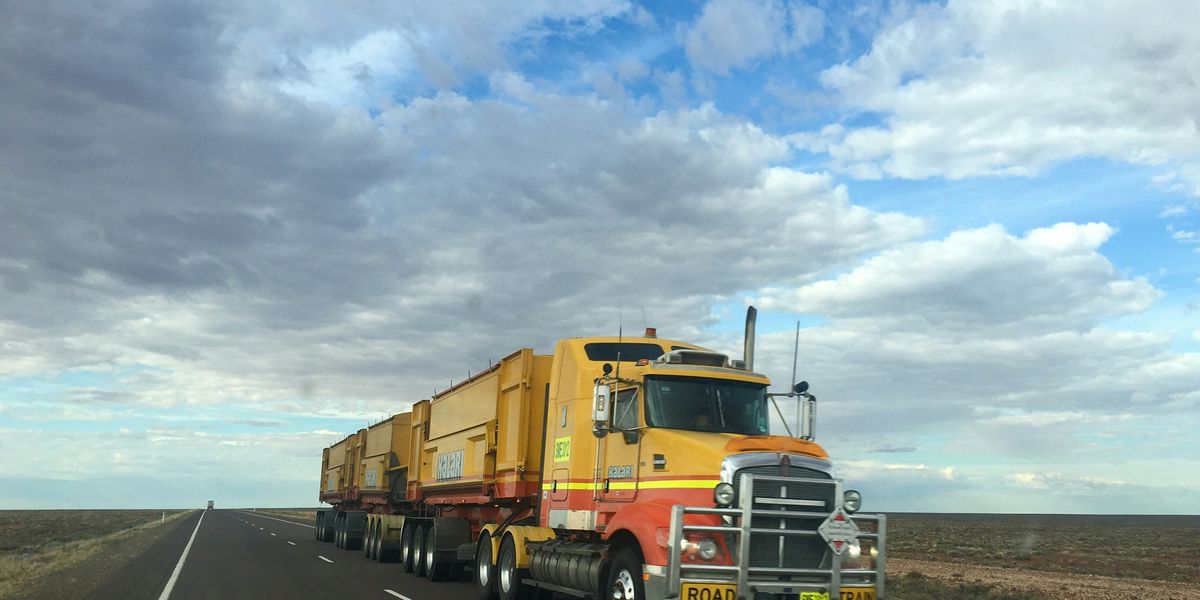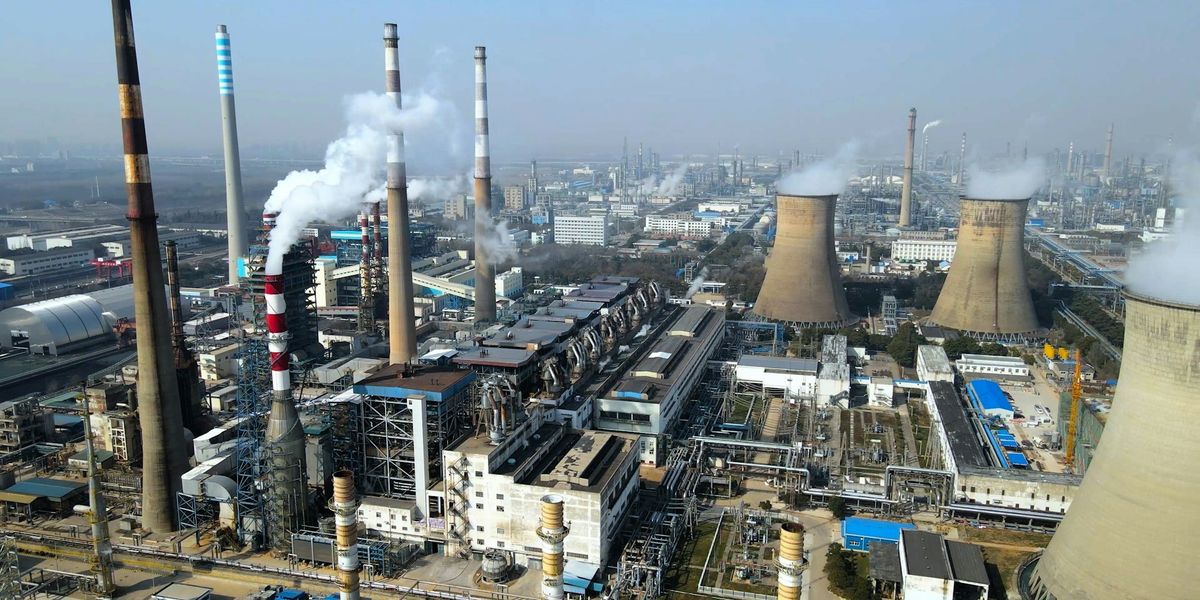texas panhandle prairie wildfire
Texas wildfire becomes a historic disaster, threatening small towns
A devastating wildfire, now among Texas's largest, wreaks havoc across the Panhandle, claiming a life and menacing small towns.
Jim Vertuno and Sean Murphy report for the Associated Press.
In short:
- The Smokehouse Creek Fire has expanded to more than 1,300 square miles, jumping into Oklahoma, with only 3% containment.
- An 83-year-old woman was confirmed dead, with extensive damage to communities and hundreds of cattle lost.
- Authorities warn of a dynamic situation, despite a temporary weather improvement, with significant challenges ahead.
Key quote:
“I don’t want the community there to feel a false sense of security that all these fires will not grow anymore. This is still a very dynamic situation.”
— Nim Kidd, chief of the Texas Division of Emergency Management.
Why this matters:
This wildfire's scale and impact is emblematic of the growing threat of climate change and extreme weather events, affecting health, safety, and livelihoods, particularly in rural and vulnerable communities. The ongoing crisis reflects a larger issue of environmental and public health importance. And yet, as the planet burns, climate spending dwindles.
Wildfires rage through Texas, affecting homes and halting nuclear facility operations
Texas firefighters worked feverishly to contain fast-moving wildfires driven by unseasonably dry conditions and persistent red flag winds in the Texas Panhandle.
In short:
- Wildfires, fueled by strong winds and warm temperatures, have caused evacuations and power outages in the Texas Panhandle.
- The Pantex Plant, a key U.S. nuclear weapons facility, temporarily ceased operations due to the fires.
- Governor Greg Abbott declared a disaster in 60 counties as efforts to contain the blazes continue.
Key quote:
"Texans are urged to limit activities that could create sparks and take precautions to keep their loved ones safe."
— Texas governor Greg Abbott
Why this matters:
Wildfires are erupting with increasing frequency and intensity as a consequence of climate change, posing significant risks to public safety, infrastructure, and the environment. A changing climate and freakish weather are driving a growing need for a culture of warning and safety.














